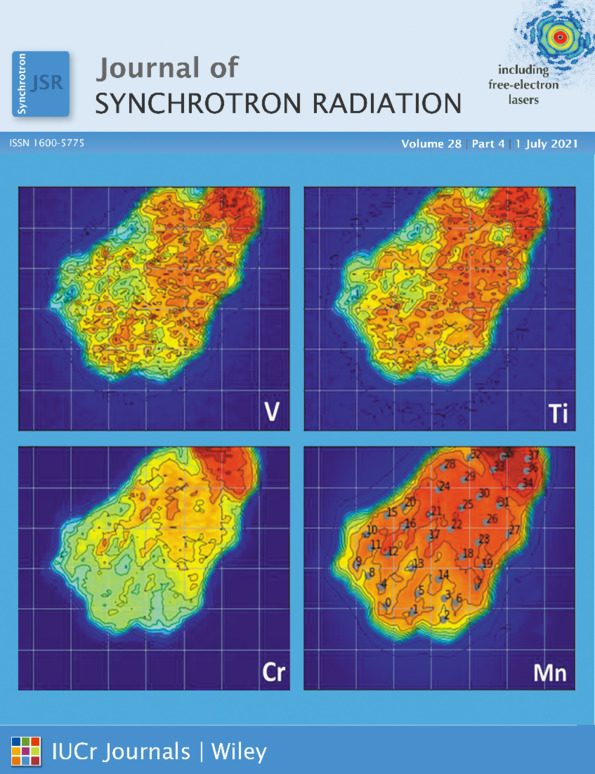Simulations of applications using diaboloid mirrors
Abstract
The diaboloid is a reflecting surface that converts a spherical wave to a cylindrical wave. This complex surface may find application in new Advanced Light Source bending-magnet beamlines or in other beamlines that now use toroidal optics for astigmatic focusing. Here, the numerical implementation of diaboloid mirrors is described, and the benefit of this mirror in beamlines exploiting diffraction-limited storage rings is studied by ray tracing. The use of diaboloids becomes especially interesting for the new low-emittance storage rings because the reduction of aberration becomes essential for such small sources. The validity of the toroidal and other mirror surfaces approximating the diaboloid, and the effect of the mirror magnification, are discussed.




